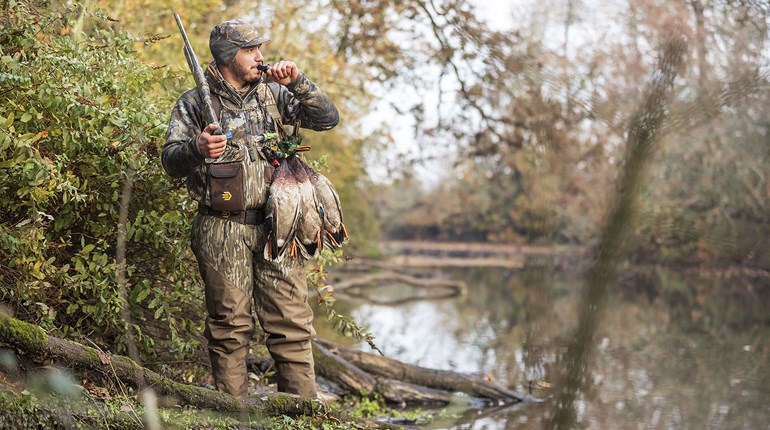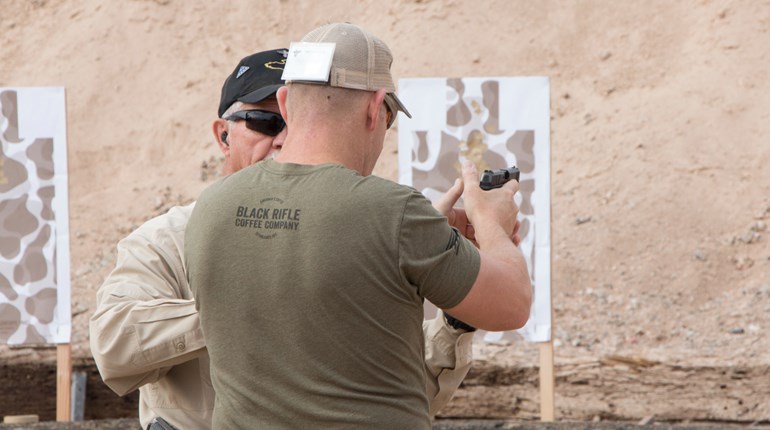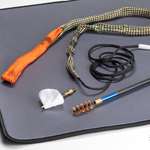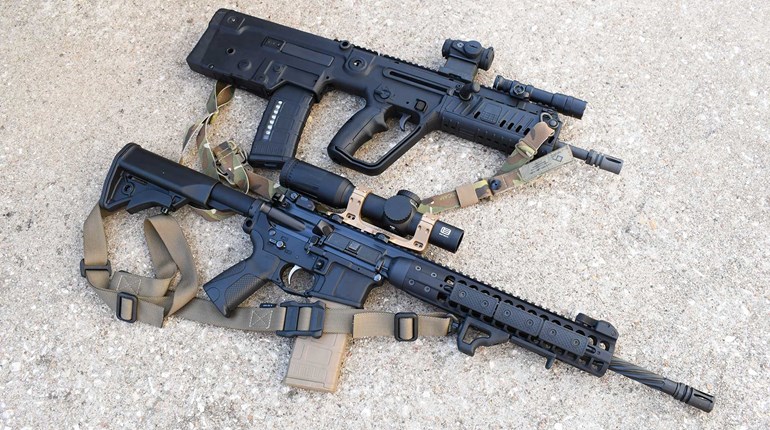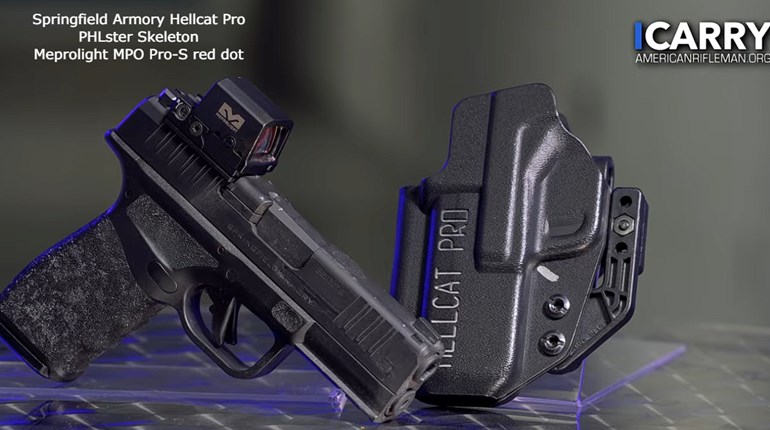
Obviously, when a person is faced with a violent threat that can’t be avoided they need to get their defensive handgun out and ready to take care of business as quickly as possible. To do this, it is important to do away with any wasted motion or effort.
The hand needs to be able to acquire a shooting grip on the gun the moment that it touches it. When this is not possible, it is usually the fault of a poorly designed holster. The mouth of a proper defensive holster should be relieved so that it does not interfere with the fingers of the shooting hand taking a proper grip on the pistol.
The pistol is drawn straight up until the muzzle clears the holster. It is then snapped level, towards the target, with the elbow locked in to the side of the body. Too often we see shooters draw their gun and sling it towards the target sort of like an underhanded pitch; we call this bowling the gun. This wastes precious time. By using the method that I have described, the shooter could fire from this position if the attacker is in their face and has jumped them.
During this early stage of the draw stroke, the support hand needs to be in a safe position and ready to grip the gun as the shooter gets on target. Having it out in front of the body, waving around, invites a situation where the support hand crosses the muzzle - with the adrenaline rush of an attack, very bad things can happen here. It is better to place the support hand against the center of the body, about shirt pocket height.
As the gun is brought level, with the muzzle pointed downrange, the hands come together to complete the shooting grip. At this point the gun is punched towards the target, brought into the line of sight, and the front sight brought into focus on the spot where the shot is intended to be delivered
It is important for the defensive shooter to practice the draw stroke for smoothness and lack of wasted motion. Speed will come from smoothness, and smoothness comes from practice. During the draw stroke, the trigger finger should stay straight, and out of the trigger guard, until the pistol is pointed at the target; to do otherwise invites a negligent discharge.
An excellent idea is to practice with a buddy (and a thrice-checked unloaded firearm!) and use your cell phones to video each draw stroke. At your leisure you can evaluate your own performance and try to determine what improvements are needed. It is amazing the things we may be doing that are unnecessary and that we are unaware of. Those videos won’t lie to you.
Just as we study our shooting technique to improve our accuracy, we should also give thought and study to the draw stroke. The quicker we can get the gun on target, the quicker we can bring the attack to a successful end.













